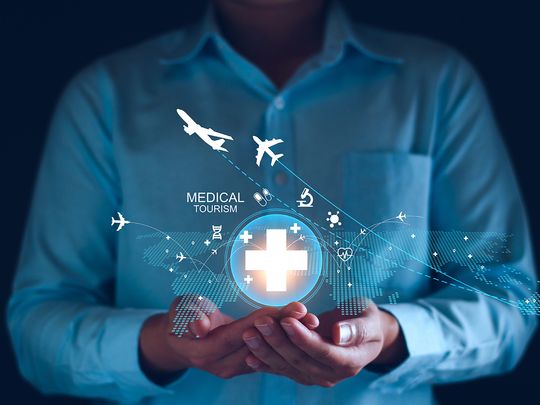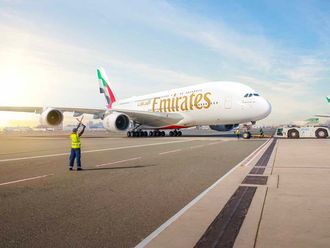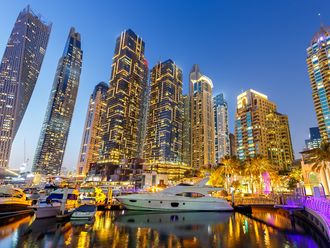
The global medical tourism market trends point towards rapid growth, and report a rapid CAGR of 22 per cent over the next seven years. The market size is expected to be at $95 billion plus, substantially higher than the current $25 billion to $30 billion.
Within Middle East and Africa specifically, the UAE, followed by South Africa, is expected to receive the highest inbound medical expenditure for 2024. One significant reason UAE leads the overall sector is its state-of-the-art medical procedures and geographical proximity to major connecting air hubs.
Abu Dhabi also has multiple established Western brands that are easily recognizable. The Abu Dhabi Investment Office supports healthcare businesses through financial and non-financial incentives.
Dubai is also making new waves in this sector, receiving a record 674,000 medical tourists in 2022. The estimated expenditure was $270 million, a 25 per cent increase over 2021. Dubai is home to more than 4,000 plus medical facilities across the private sector.
In the MENA region, the emirate ranks number one and sixth globally. Owing to its favourable resident demographics, the emirate has attracted 40 per cent of tourists from Asia, 20 per cent from Arab countries, and the rest from Europe. Some of the most popular specialities include dermatology, dentistry and gynaecology.
Cost-effective
With medical tourism, one of the niche areas of focus is the technology available at treatment facilities. The UAE has the right leverage mix when it comes to this domain. For instance, Abu Dhabi and Dubai are home to business incubators operating in multiple sectors.
These incubators typically receive subsidized funding from the authorities and private sector buy-in. The nation is also known to attract quality skilled talent at the right price.
Sector-friendly regulations
The UAE has one of the highest per capita healthcare spend in the healthcare sector. The vast base of the expat population also supports local healthcare. This population has access to a solid and deep insurance market, allowing access to all healthcare facilities. Apart from this, the authorities also offer several medical packages on time for medical tourism purposes.
Sound infrastructure
The UAE is home to more than 5,300 plus healthcare centers. The nation is home to more than 150 hospital players who, in turn, have their branches and surgery facilities. At 2.82, the ratio of number of doctors per 1000 people population is also one of the highest in the region.
Biggest challenge
While the cost of treatment compares well with major Western nations, other medical tourism hubs like India and Colombia provide similar treatment at 40-50 per cent of the cost here. Should the country want to become a global hub, it needs to attract and target the bulk of the medical tourists from the Asia, for whom the cost is always the main factor.
This year alone, major insurance providers have hiked their premium costs in the 10-35 per cent range. It is a significant challenge the authorities would need to address.









